Mostly collecting data for a project related to the uniforms of the Danish sea officers 1801 to 1814
Don't wanna be here? Send us removal request.
Text
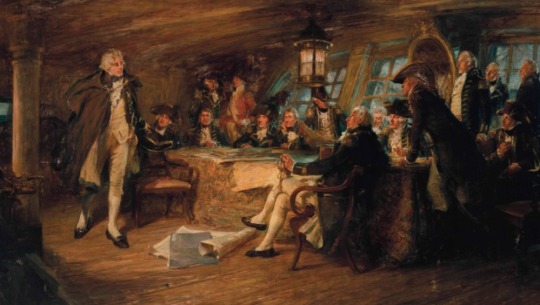
Horatio Nelson and the Council of War before the Battle Copenhagen, 2 April 1801, by Arthur David McCormick (British, 1860-1943)
46 notes
·
View notes
Text
Great Coat, Boat Cloak and Hats
The Great coat
The Great Coat, also known as a boat coat or watch coat, was a large woollen coat that was already very popular with the civilian population in the 17th century. Interestingly, the Great Coat was not introduced as an official uniform until 1825. Before that, officers wore the civilian version in dark grey/light brown.
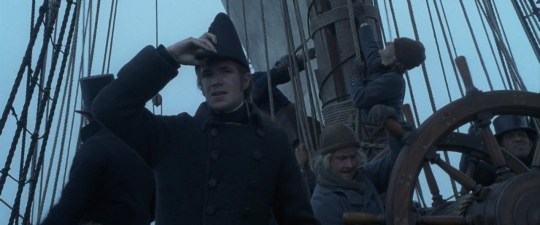
This could have been a simple calf-length coat with two or one row of buttons and high collars, or a coat with the simple similarity of a short cape over the shoulders. From 1825, when the coat became official, it was still daredevil but now the coat had to be blue lined and the buttons the Navy’s official anchor buttons. In 1827, the formerly calf-length coat was now thigh-length single-breasted with high collars and either blue or white lining. In 1833 the coat became blue and could optionally be worn with epaulettes. The coat remained like this until 1877 when it was worn double breasted again. The warm wool coat is still worn on board today.
The Boats cloak
The Boats Cloak, like the coat, comes from the Civilian area and was worn in the Navy from the 18th century onwards. But like the coat, there are no regularities here either.
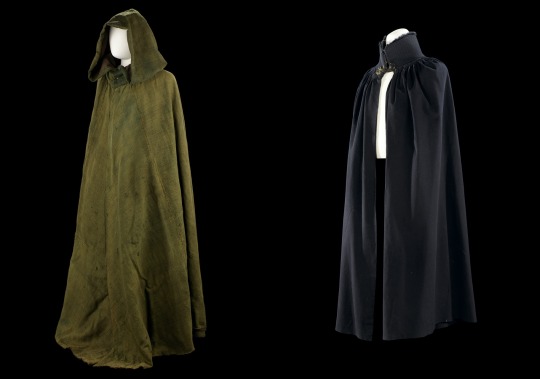
Boat cloaks of 1805 and 1836 (x)
It was a wool coat that could also be worn in green. However, like the coat of 1827, it was officially worn in blue and shorter. Unfortunately, not much can be said about it, as this cloak received little attention. However, it was even worn in WWII and is still worn today as part of the official evening uniform on special occasions.
The Hat
The cocked hat made of wool felt or beaver fur has always been a part of a gentleman and in the 18th century. Since 1749 it was worn in black with a gold trim on the upper edge and a cockade on the upper left edge. Midshipman, by the way, wore the hat turned. the cockade was on the right side.
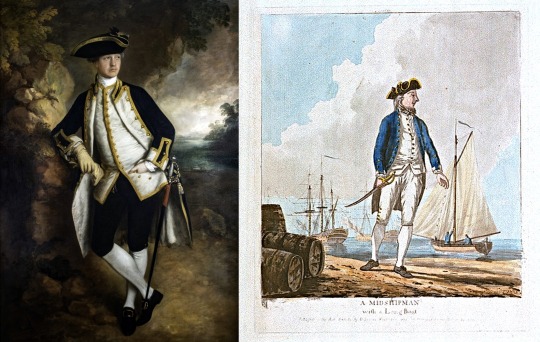
Captain Richard Howe (1726–99), ca 1763–64, by Thomas Gainsborough (1727–88). (Private collection. ©Keith Simpson) and a Midshipman, by Dominic Serres 1777 (x)
From 1782, the Sailor wore a round hat with a black rosette and a white brim. In 1795, the hat was officially made part of the uniform. The hat was now reduced from three corners to two. Flag officers wore theirs gold-laced, captains and commanders wore only theirs with dressed uniform, otherwise the hat was black laced. By 1800, the hat was also worn fore and aft and the tassels at the corners were introduced.
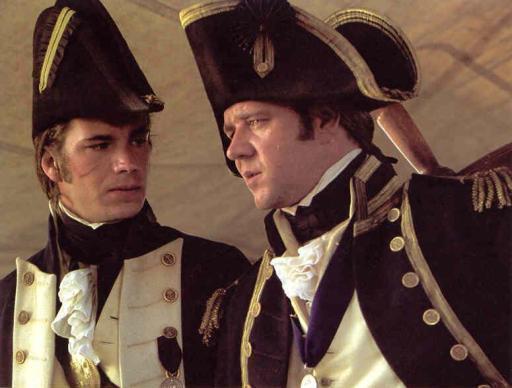
However, the top hat was now also worn by officers as an undressed hat, albeit quite rarely. In 1825 the uniform underwent a radical change and so did the hat. The cocked hat for warrant officers, midshipmen, assistants and volunteers was exchanged for the round hat. These were also black and had a wide gold band. In 1827, only the size of the hats still worn by the commissioned officers was reduced. From then on, undressed officers also wore the round hat. This remained the case until WWII.
@chiropteracupola i really hope it will help you.
217 notes
·
View notes
Text
18 ships of the line, 15 frigates, 7 briggs,23 cannonboats... The dockyards were stripped of materials, tools, furniture doors... "The theft of the Fleet" was one of the worst events in Danish Navy history
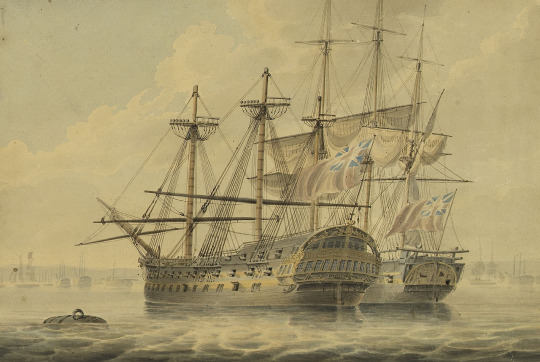
The Danish ship of the line Justitia, 74- guns, captured at Copenhagen 1807, lying next to an unknown British Frigate, by Nicolas Pocock (1740- 1821)
43 notes
·
View notes
Text
Project Naval Officer 1807: Once in a while the god of chaos throws me an opportunity to get creative in the interpretation of a historical uniform. It turns out, that I have very free rein for the outerwear during the period.
Excerpt from an article in Archiv for Søvæsnet 1839 (presumably written by the later Vice Admiral Steen Andersen Bille) (found in E. Borg's "Den Danske Marines Uniformer Gennem Tre Århundreder")
"In our uniform regulations we completely lack a regular overcoat. Everyone wears what he wants. You see blue and gray jackets, with long and short collars, some have Kalmuks and other fabrics' coats with horn or cloth buttons. One goes with long coat with anchor buttons and epaulettes, others have the same kind of coats, alternating with one or two rows of buttons "
You can almost hear the rolling eyes og the aggravated officer 😊

1 note
·
View note
Photo


Czapka of the 17th Lancers of the British Army dated to about 1834 on display at the National Army Museum in London
It was in in 1822 the 17th was designated as a Lancer regiment rather than Light Dragoons as they were previously. However it wasn’t until 1823 on their journey back to Britain that they learnt of this. The lance had been used in other armies around the world during the 18th and 19th centuries but not in Britain. However the Duke of York and Elector of Hanover, Prince Frederick was inspired by the Polish Uhlans in Napoleon’s Grande Armee to change the regiment. He even had the Polish cap, the Czapka, introduced as well to the British army.
This focus on fashion continued as in 1826, Lord George Bingham (later the 3rd Earl of Lucan) bought his lieutenant-colonelcy of the regiment and invested heavily in its uniforms and horses. This earned them the knickname “Bingham’s Dandies”
Bingham would leave the regiment when he became the Earl of Lucan to evict tenants and close work houses during the Irish Potato famine but would lead it again as Commander of the Cavalry Division in the Crimea. He was one of the leaders who ordered the infamous Charge of the Light Brigade.
Photographs taken by myself 2017
289 notes
·
View notes
Photo



Uniform of a Grenadier of the Infantry Line Regiments from the 19th Century Kingdom of Westphalia on display at the Deutsches Historisches Museum in Berlin
The Kingdom of Westphalia was formed from lands ceded by the Kingdom of Prussia, the Duchy of Magdeburg, Hanoverian territories and other German lands. Intended as a model for other client states for the First French Empire it had a constitutional monarchy. Here all men had equal rights, feudal systems were abolished, serfs freed and the Jews were emancipated.
The grenadier regiments of the Westphalian Army were part of the Royal Guard which was in turn based upon the French Imperial Guard of Napoleon. After the dissolution of the Kingdom in 1813, Westphalian grenadiers still served in the French Army.
Photographs taken by myself 2016
111 notes
·
View notes
Photo




Uniform of the Marins de la Garde Imperiale of the French Army dated between 1804-1814 on display at the Musée de l'Armée in Paris
Initially formed from naval volunteers and designed for a planned invasion of Britain in 1804. When the invasion was called off Napoleon sent these soldiers to Austria in 1805 where they fought at Ulm and Austerlitz. They would go onto to fight in the Prussian and Russian campaigns before fighting at Waterloo.
They recruited mainly from sailors and gunners from the French navy which meant the regiment had a wide variety of skills in artillery, engineering and sailing.
Photographs taken by myself 2017
175 notes
·
View notes
Text

An undressed coat of the East India Company, with dirk and papers of Midshipman W.R. Campbell, 1825
189 notes
·
View notes
Text

A 17th century, naval battle, between Swedish and Danish Ships, by Adolf Bock, 1965
68 notes
·
View notes
Text

Nelson at the Battle of Copenhagen 1801 sealing his letter to the Crown Prince of Denmark, by Arthur David McCormick , 1915
91 notes
·
View notes
Text
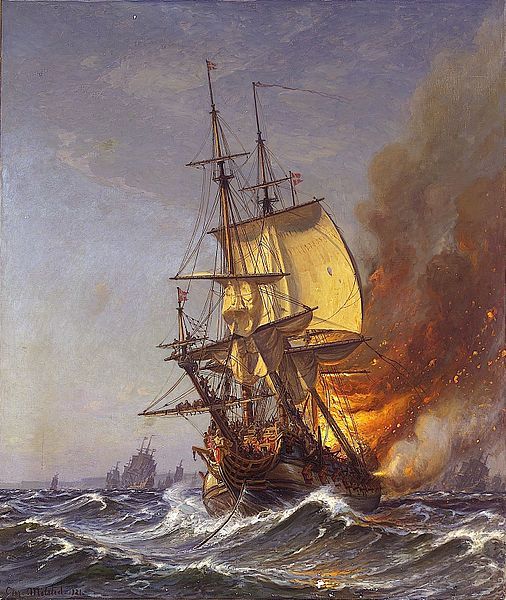
The Danish ship Dannebroge caught on fire in the battle of Køge Bay (1710), by Christian Ferdinand Andreas Mølsted 1921
107 notes
·
View notes
Photo
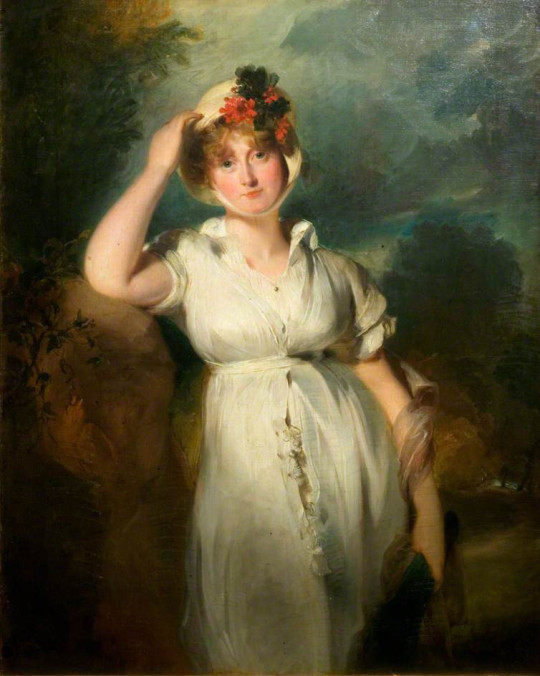
Caroline of Brunswick, Queen of George IV, 1798, Thomas Lawrence
15 notes
·
View notes
Photo










Building “The Terror” - A new blog post historical adviser, Matthew Betts details some of the show’s sets and props, particularly the full scale recreation of the ships.
Read the whole thing here along with the 8 page memo he wrote for the writer’s room.
2K notes
·
View notes
Text

The transcript for my chat with the lovely hosts of the Patrick O’Brian podcast The Lubber’s Hole (hand crafted by Emily White at The Wordary) is available now on the website! Great if you prefer a read rather than a listen, or to share with your deaf/hard of hearing pals!
Https://lovewhatyoulovepod.com/transcripts
7 notes
·
View notes
Text
Militærets uniformer i 1700-tallet | Flickr
Original drawings specifying the details of some of the Danish military uniforms in the 1700s
1 note
·
View note
Text
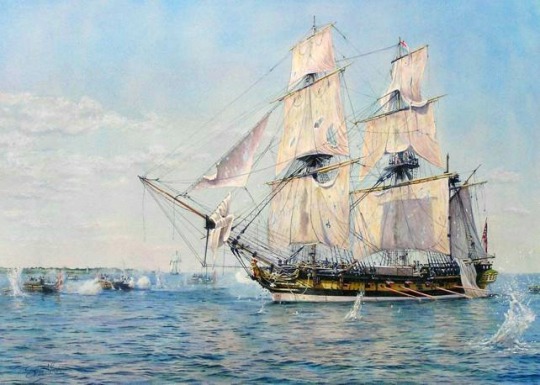
HMS Rose, the Battle of the Scaw, 28th April 1810, by Steve Noon
On the morning of 28th April, the Royal Navy sloop, HMS Rose found herself in one of the most feared situations such a ship could face. Isolated and becalmed, Danish gunboats supported by a of sloop of war were approaching. Experienced and aggressive adversaries, the Danes specialised in overwhelming vessels like the Rose.
Master and Commander Thomas Mansell, commander of the Rose ordered his crew to action stations and to man the sweeps to attempt to row out of the dead calm. But Rose could not escape the closing gunboats who opened fire, hitting the hull and rigging. This onslaught continued for almost an hour without the Rose returning fire and all the time suffering more and more damage. Mansell kept his crew hidden and out of harm. Only when the gunboats were within grapeshot range was the order given by Mansell to open fire with all available weapons, from cannon to small arms.
The desperate close fought battle raged for another hour before the Danes gradually withdrew from the action and the withering close range fire of the Rose.
Rose managed to sink one gunboat, captured another and caused considerable damage to others. Though HMS Rose suffered substantial damage herself in the battle, only five of Mansell’s crew were wounded.
40 notes
·
View notes




